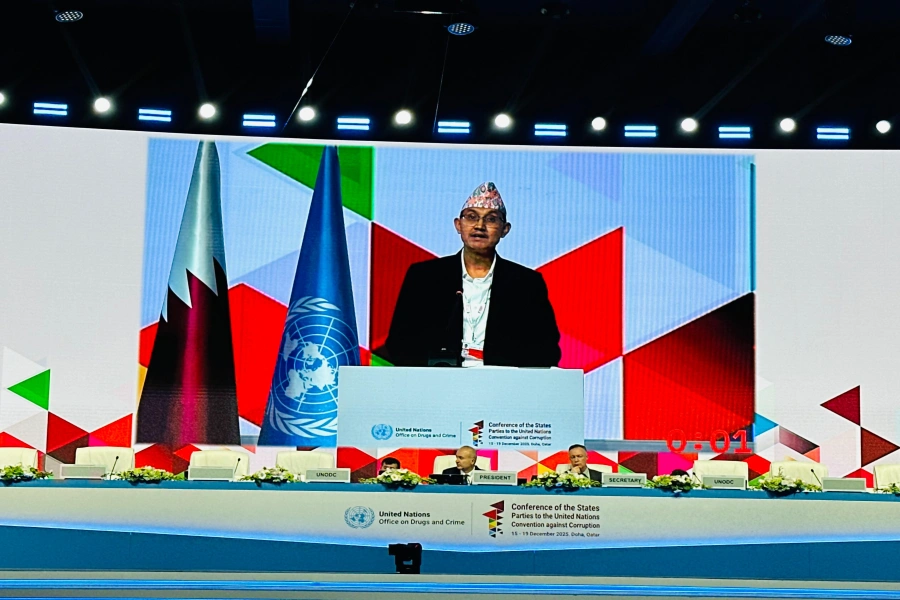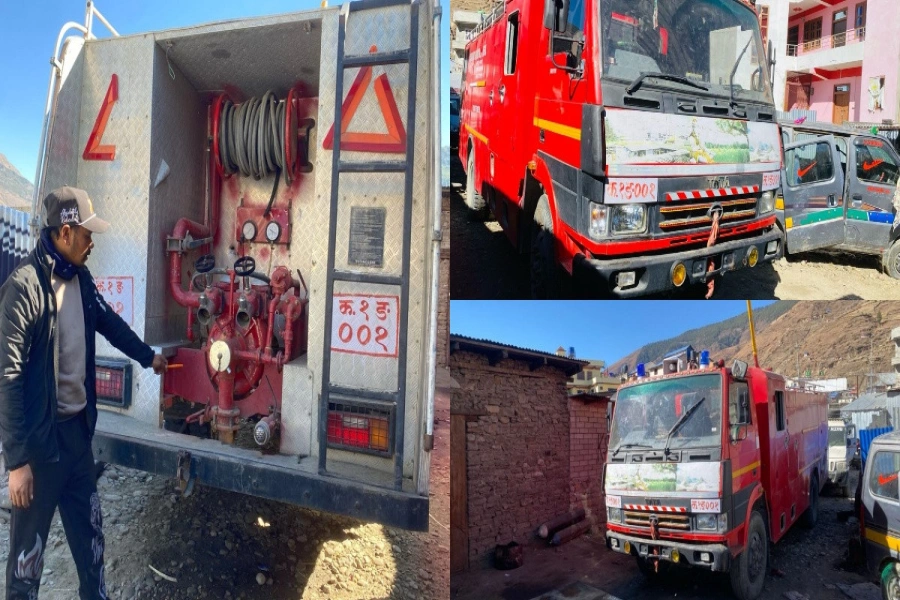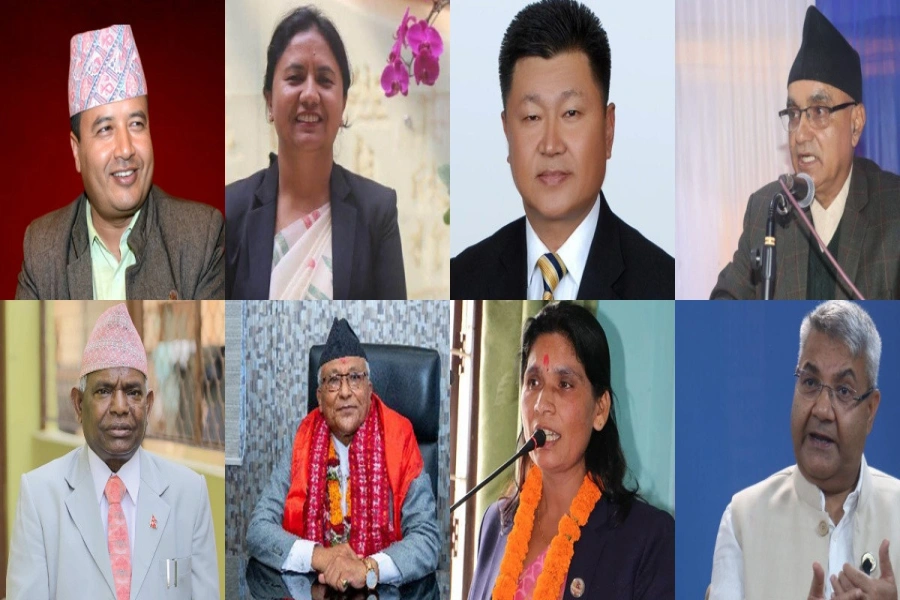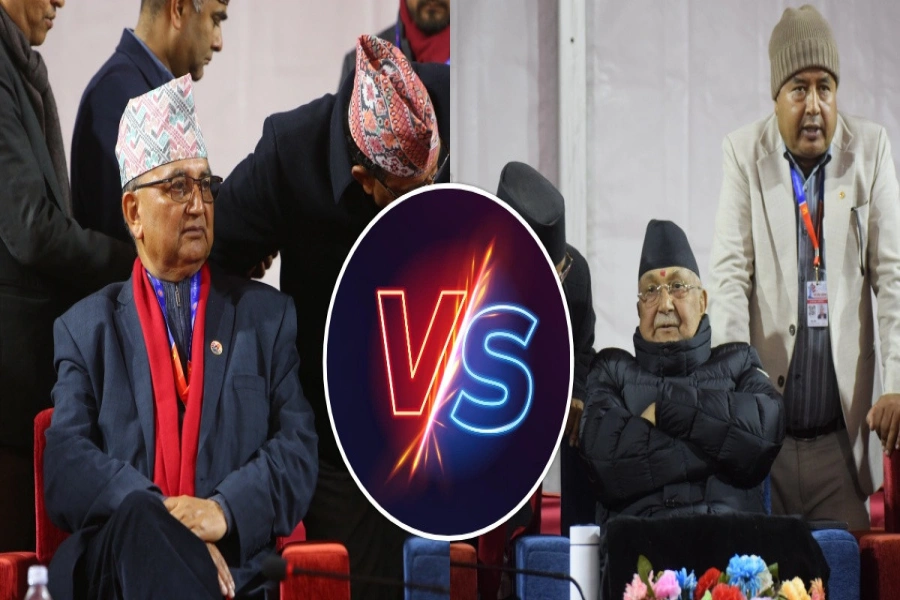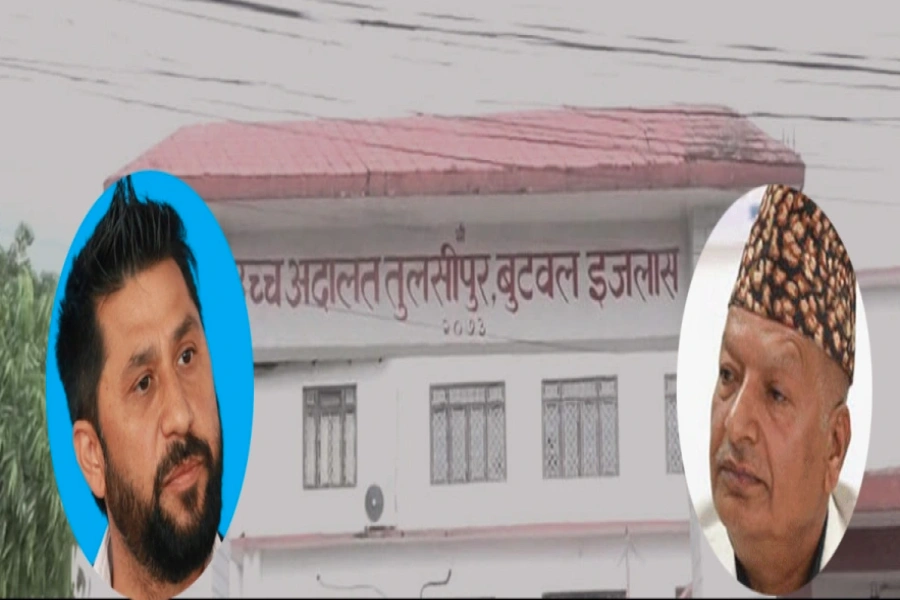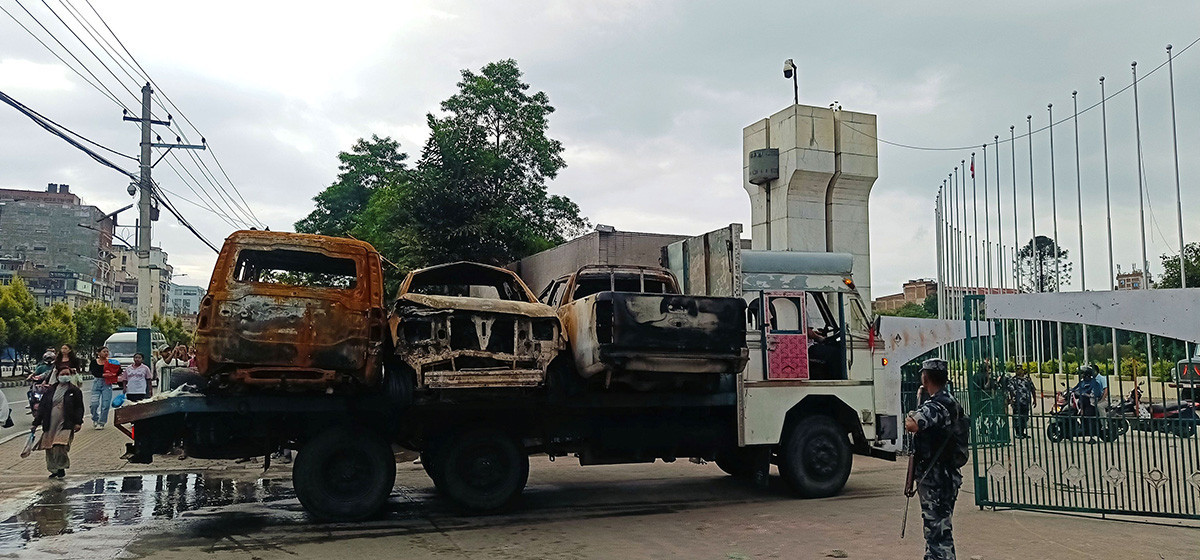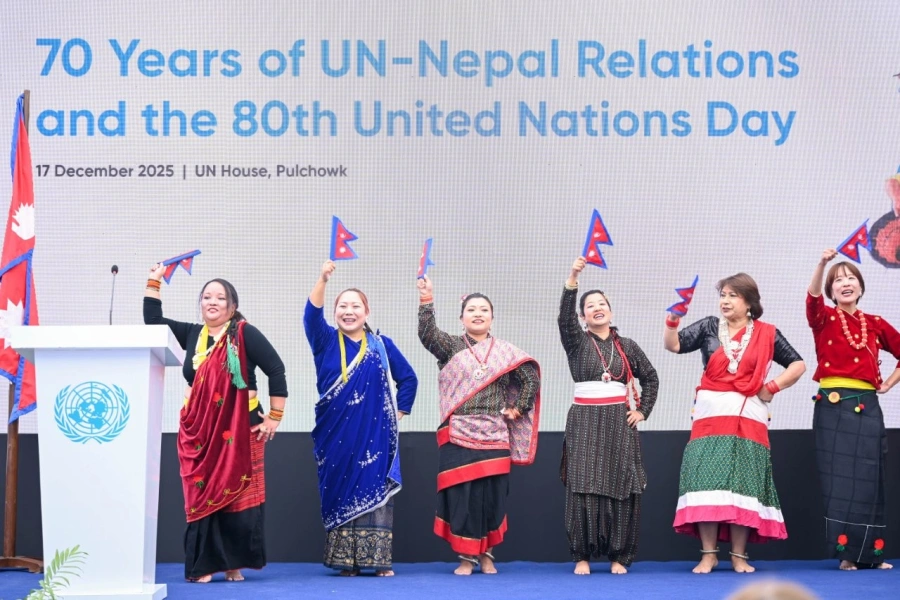KATHMANDU, Nov 8: The Kathmandu Valley and major cities across the country have got a respite from power cuts since Dashain, thanks to closure of many industries due to festive season coupled with supply of additional 100 MW in the grid.
Compared to the same time last year, the Nepal Electricity Authority (NEA) has been supplying an additional 100 MW. The demand, however, is low compared to the same time last year when people had switched to electric cookers due to scarcity of liquefied petroleum gas (LPG) because of Indian blockade.
NEA has been importing 80 MW from India via Dhalkebar-Muzaffarpur Transmission since February. The supply has reduced to 75 MW in recent days. Similarly, 25 MW has been added to the grid after the first unit of Upper Marshyangdi-A started generation from September.
“Demand for electricity is still low. We are in a position to manage continuous supply, thanks to the addition of 100 MW," Bishnu Prasad Shrestha, chief of NEA's Load Dispatch Center, said.
Current peak hour demand is 1350 MW, while the off-peak hour demand is around 700 MW. The center saw maximum demand of 1444 MW on the evening Laxmi Pooja. This is the maximum demand seen so far this year, according to Shrestha.
The new management of NEA, led by Managing Director Kul Man Ghising, mobilized its staffers to monitor load of energy demand across the Kathmandu Valley during Laxmi Pooja and properly managed supply on the day. The arrangement surprised many as people were used to multiple power cuts on the evening of Laxmi Pooja.
Peak demand in the Kathmandu Valley at present is around 310 MW. Similarly, daytime demand ranges between 200 and 210 MW, while the demand at the midnight is around 150 MW, according to NEA.
With plan to import additional energy from India on track, Shrestha said they have planned to eliminate power cuts in the Kathmandu Valley and surrounding towns. But customers will have to wait for few days to know the real picture as industries in the Tarai belt will reopen after Chhath festivals within a day or two.
“We can import additional electricity from India via Kataiya-Kushaha, Tanakupr and Parwanipur-Raxaul routes," added Shrestha.
The country is importing around 220 MW from India from different transmission lines.
Similarly, the construction of a substation at Dhalkebar is going on at full swing. Upon completion, it will enable NEA to make optimum use of the Dhalkebar-Muzaffarpur Transmission Line. Minister for Energy Janardan Sharma himself is monitoring the construction works. The Chinese contractor of the project has mobilized workers in two shifts to complete the project in time.
Completion of this substation will enable the NEA to import needful energy from India to meet the demand. NEA officials say that the substation will be ready within three months.
However, NEA needs to sign agreements with concerned suppliers to import additional electricity.
NEA cuts power supply to Jagadamba Steel







